 In Uganda, women continue to find their capacity to materialize their potential hampered by deeply entrenched inequalities despite considerable political progress. The 1995 constitution rendered men and women equal before the law. Since then, numerous governmental initiatives have sought to eradicate gender-based discrimination. This includes the 2007 establishment of the Equal Opportunities Commission, a statutory authority that works to enforce anti-discrimination laws and equalize opportunity.
In Uganda, women continue to find their capacity to materialize their potential hampered by deeply entrenched inequalities despite considerable political progress. The 1995 constitution rendered men and women equal before the law. Since then, numerous governmental initiatives have sought to eradicate gender-based discrimination. This includes the 2007 establishment of the Equal Opportunities Commission, a statutory authority that works to enforce anti-discrimination laws and equalize opportunity.
However, the United Nations (U.N.) has identified a chasm between this politically decreed equality and the living reality of Ugandan women, social mores frequently limiting their engagement in the public sphere. The result is a gaping monthly gender wage disparity of 32.3% and a mammoth loss in human capital and, thus, national wealth. Organizations of varying scales are, therefore, working to foster the economic inclusion of women in Uganda.
Resilient Women Uganda
Established in 2016, Resilient Women Uganda is a nongovernmental organization (NGO) that helps vulnerable girls and women escape cyclical poverty by creating spaces where they can blossom unimpeded by patriarchal beliefs that undervalue them.
Harmful practices mar the economic inclusion of women in Uganda. A massive 45% of female Ugandans have suffered physical abuse at the hands of their partner. Additionally, more than one in five have experienced sexual violence. Moreover, child marriage is rampant, with 34% of girls entering unions before they turn 18 and 7% before the age of 15.
Seeking to limit the effect that these breaches of basic rights have on girls’ development, Resilient Women Uganda operates a shelter for those in immediate danger of violence or exploitation, where they can access food, medical treatment and pastoral care.
Furthermore, the organization offers vocational training in various sectors, supporting its beneficiaries in sculpting a future. Through the program, at-risk girls aged between 13 and 19 can develop skills that will lead them to secure employment and become economically self-sufficient members of society. In 2023, 55 young women trained by the program found jobs in hairdressing and fashion design.
The Women’s Microfinance Initiative
The Women’s Microfinance Initiative (WMI) empowers female entrepreneurs from impoverished rural communities by providing them with microloans and increasing their financial literacy. Founded in Washington, D.C., in 2008, the organization operates through hubs across Uganda, Kenya and Tanzania.
The “Transition to Independence” program gives women access to four consecutive loans at a 10% flat interest rate, which they can use to propel their businesses into economic self-sufficiency. The program also provides a holistic support system that seeks to mold its beneficiaries into well-rounded participants in the economy. At the community-level hubs, operated by local women, the borrowers receive training in business and marketing, ongoing mentoring and free bookkeeping resources such as calculators and notebooks. They also open bank accounts as part of the program and develop a strong grasp of financial processes.
WMI combats exploitative lending practices through its woman-centered approach, which is reflected in an impressive loan recovery rate of 98%. Its borrowers experience a monthly income growth rate of between 100% and 400%. The organization’s impact is as far-reaching as it is remarkable; in 2023 alone, it provided 12,000 loans and it has served more than 28,000 women since its inauguration.
Moreover, WMI estimates that its loans impact an additional 20 people for every borrower. This considers the effect of increased household income on family members and the reach of each business’s roots within the community’s economic network. According to the U.N., self-employed women in Uganda face heightened vulnerability to poverty due to limited access to services and capital. WMI is working to remove these barriers and allow female entrepreneurship to flourish.
Women in Technology Uganda
Women in Technology Uganda (WITU) is an NGO that has supported girls and women from underprivileged communities with training programs in technology and entrepreneurship since 2014. The “Code Girls” program operates across primary, secondary and tertiary education to bring ICT training to young people, especially girls, who are otherwise unlikely to access STEM resources. In 2022, the program bridged the technological divide for 1,354 students.
WITU also offers talented young women the opportunity to complete a two-year diploma in Computer Science and Entrepreneurship through the Women’s Institute of Technology and Innovation. In 2022, 33 girls excluded from tertiary education because of a lack of financial means received scholarships.
Moreover, the 12-week “Elevate” program fosters economic autonomy by training young women from marginalized backgrounds in ICT and providing them with various marketing and employability skills. As of 2022, the program had served more than 6,000 women. Given that just 31% of Ugandan women have access to the internet, compared with 69% of men, WITU’s work represents a vital pathway toward improved economic inclusion of women in Uganda.
Moving Forward
Although significant challenges remain, numerous organizations are working to strengthen Uganda’s social fabric by fighting for a future where its women are free to incorporate their unique and colorful threads. Their efforts demonstrate what WMI aptly calls “a long-term investment in human potential” and their shared vision is one of a nation that holds equal promise for all of its people.
– Leila Powles
Leila is based in Cheltenham, Gloucestershire, UK and focuses on World News for The Borgen Project.
Photo: Pexels
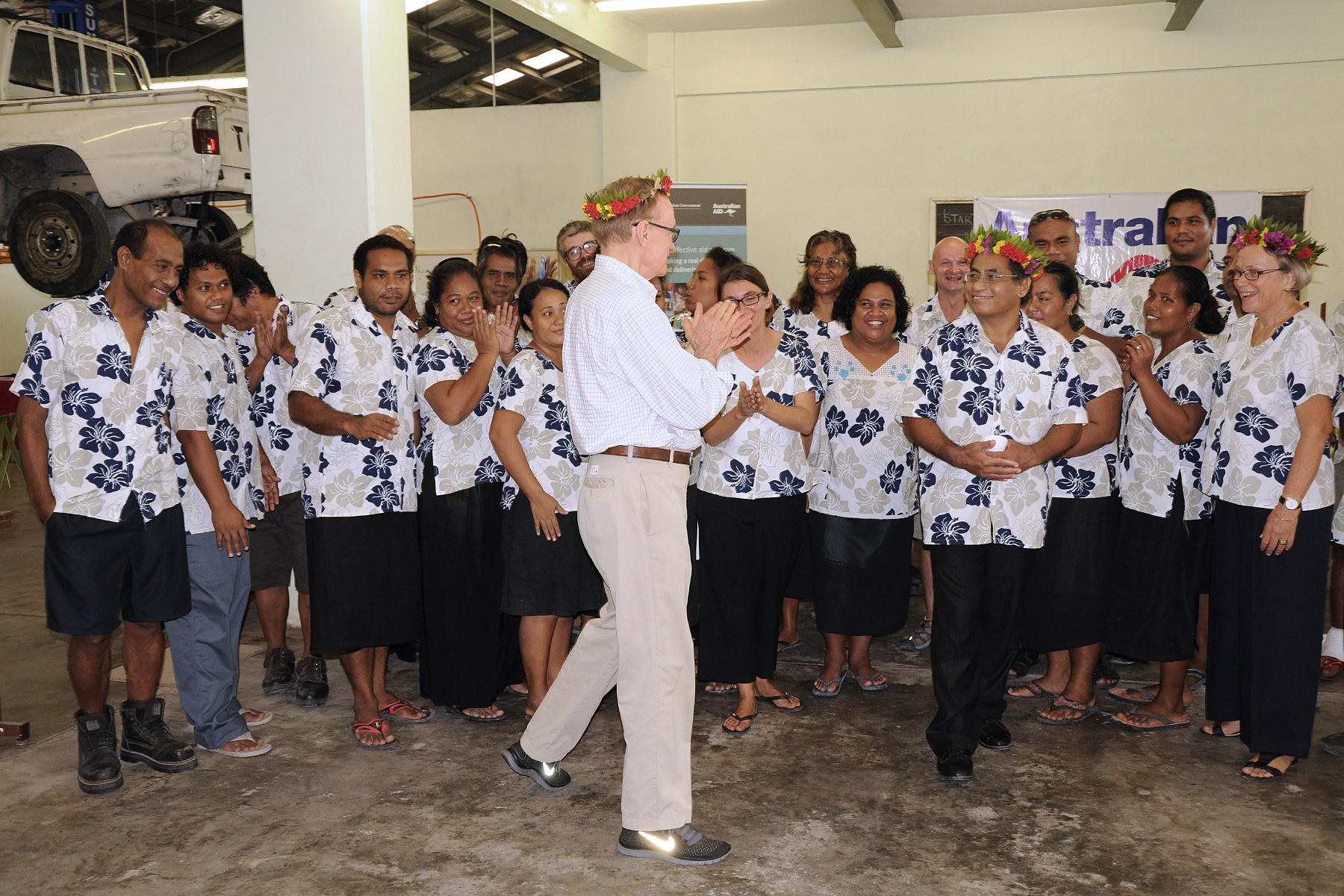
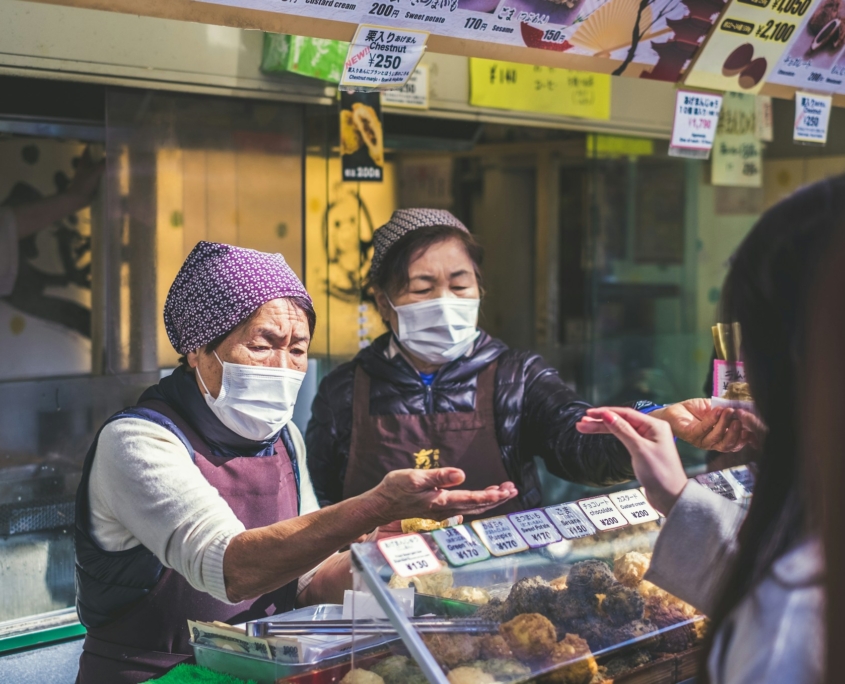 A recent survey conducted by Tokyo Metropolitan University Professor Aya Abe reveals that 44.1% of
A recent survey conducted by Tokyo Metropolitan University Professor Aya Abe reveals that 44.1% of 
 Peru struggles with high national poverty rates and an economy that
Peru struggles with high national poverty rates and an economy that 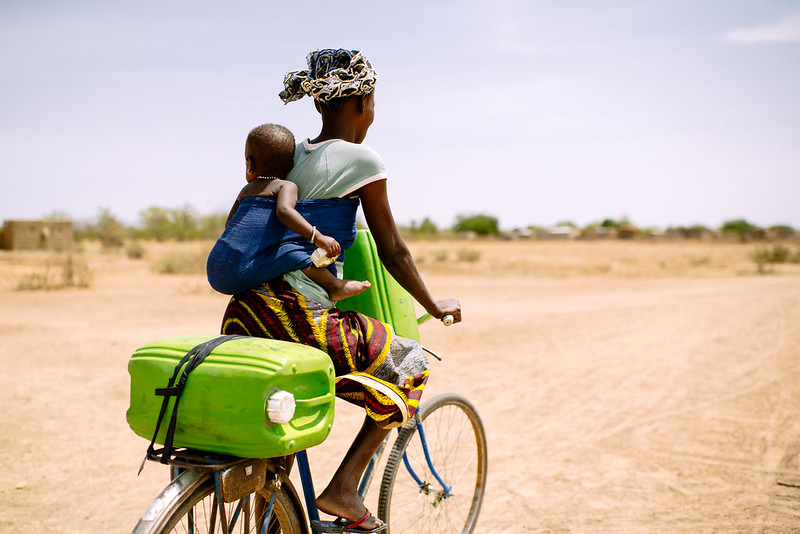 World Bicycle Relief is a nonprofit working to provide people with a form of transportation.
World Bicycle Relief is a nonprofit working to provide people with a form of transportation. 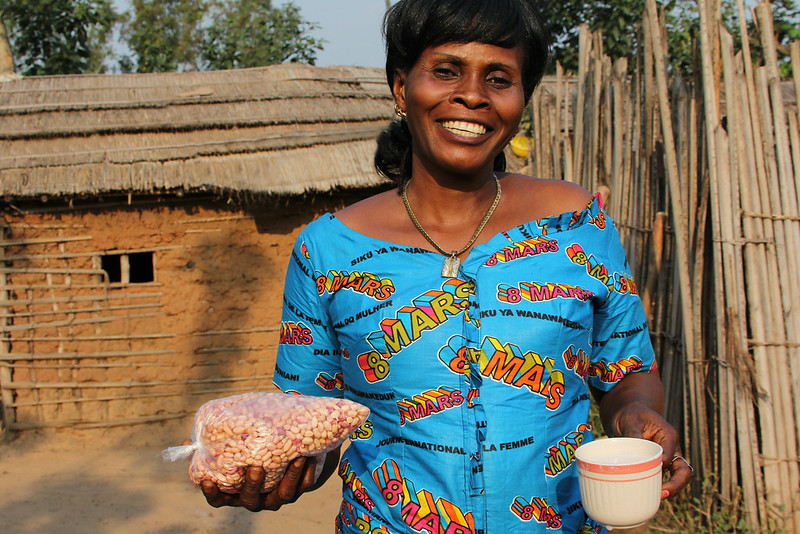
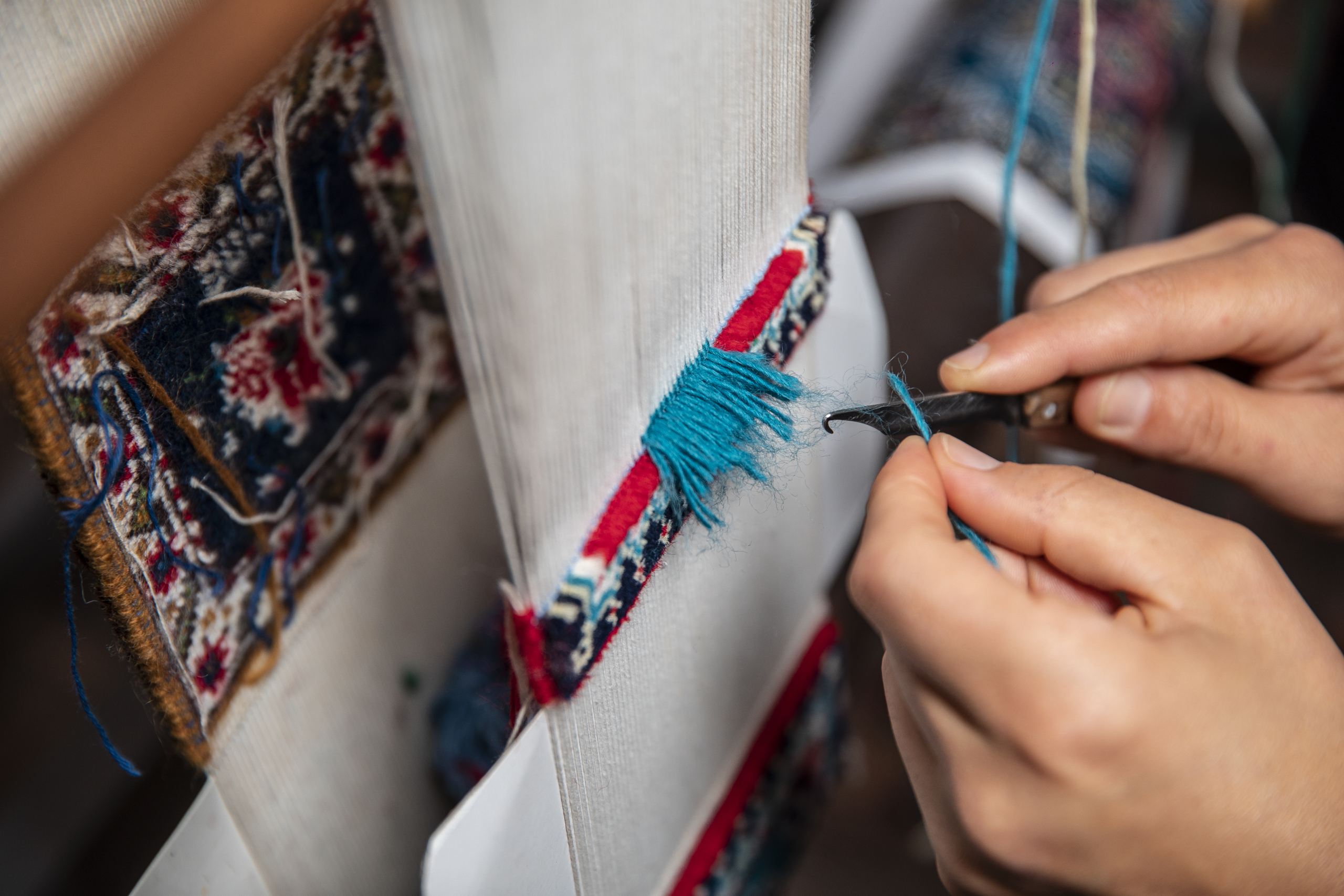
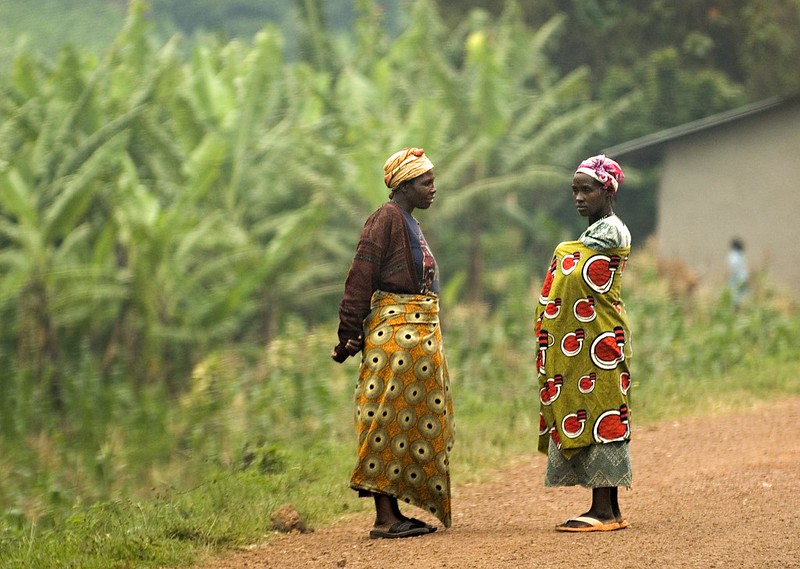
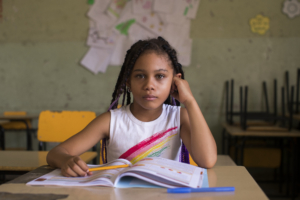 Joining the fight to
Joining the fight to 